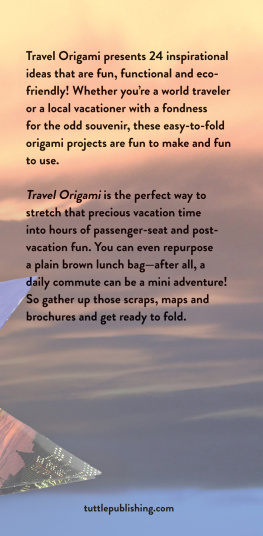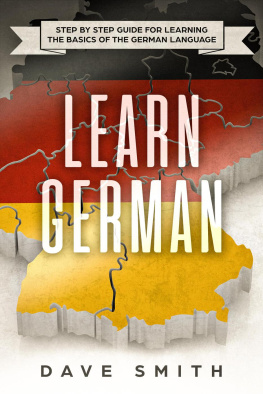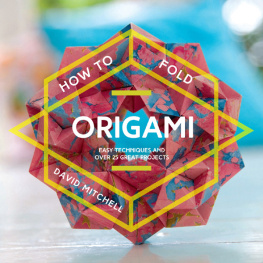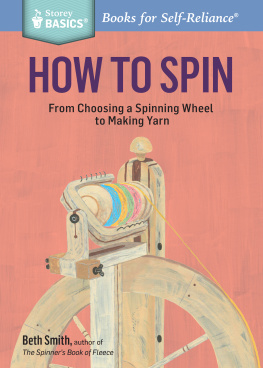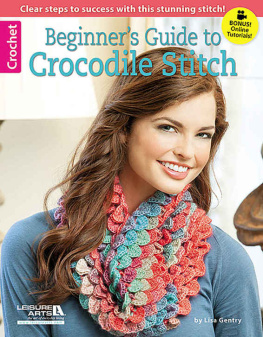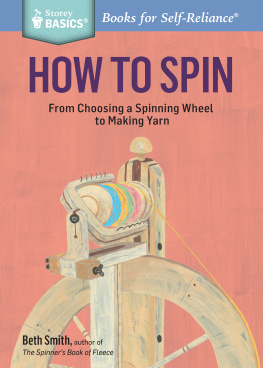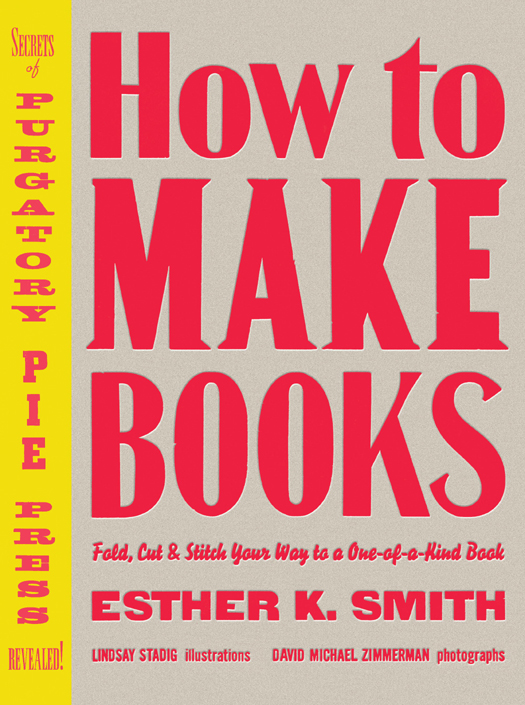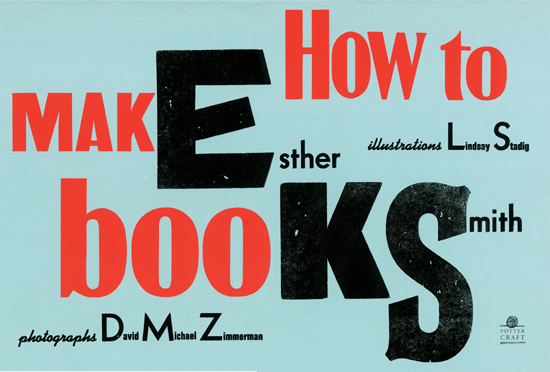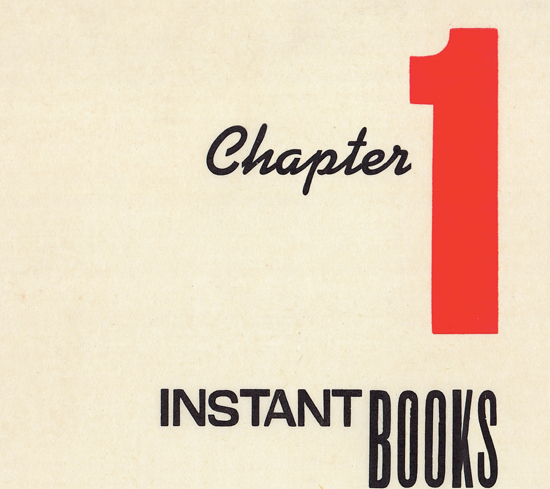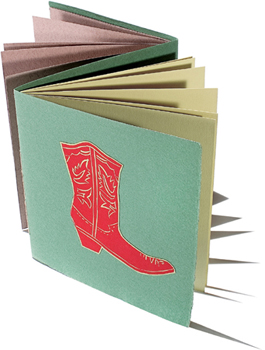
Pugatory Pie Press and Georgia Luna Smith Faust, Everything Falls into Place. Deluxe do si do binding, handset type, letterpress, linocut, collage cover.
Copyright 2007 by Esther K. Smith
All rights reserved.
Published in the United States by Potter Craft, an imprint of the Crown Publishing Group, a division of Random House, Inc., New York.
www.crownpublishing.com
www.pottercraft.com
POTTER CRAFT and colophon, and POTTER and colophon are registered trademarks of Random House, Inc.
Library of Congress Cataloging-in-Publication Data is available upon request
eISBN: 978-0-7704-3419-9
Illustrations by Lindsay Stadig, 2007 by Lindsay Stadig
Photography by David Michael Zimmerman, 2007 by David Michael Zimmerman
Book design by Esther K. Smith with handset letterpress typography by Dikko Faust, Purgatory Pie Press, and graphic design by Kathleen Phelps
v3.1
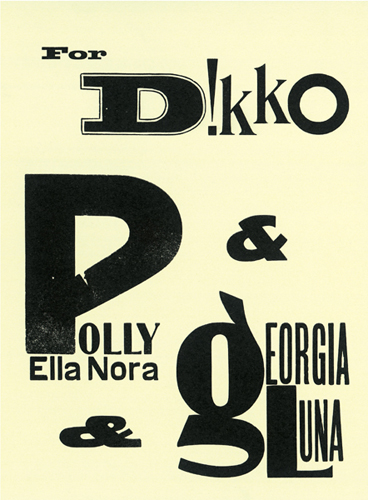
Introduction
Books are containers. They hold things: pictures, words, information. What will your book contain? It could have pockets for business cards and receipts, or ideas and intentions, or fortune-cookie fortunes and exotic candy wrappers. It could hold your poems, your drawings, your secrets.
How to Make Books contains photographs of artist books from Purgatory Pie Press, where letterpress printer Dikko Faust and I collaborate with other artists and writers. Dikko has also handset vintage wood type for the cover and chapter openers. The seven chapters each show a new book structure with projects for you to make. The instructions start with simple, quick projects. First, there are the books that you can make from a single sheet of paper and publish instantly. Then come the more complicated single-signature bindings, what I call the building blocks of book arts: accordion, stab, and pamphlet bindings. Investigate their potential. Once you have made them, try their variations and design your own. You can do so much with these forms. In , combine these bindings to make mutant books with wild and creative possibilities. The last two chapters contain longer, multisignature projects using the medieval long-stitch and the ancient African Coptic. Once you become aware of these bindings, you will find them in places like the Byzantine, African, and Asian galleries of the Metropolitan Museum of Art.
Make your books your own, not an imitation of me. What story do you need to tell? What picture do you need to draw? What papers cant you part with? What scraps compel you to create a collage? Make these books fast the first time. Do not start to design until youve made at least one ugly one. Go through the motions. Get the feel of it. When I try a new form with another book artist, we tear up magazines or junk mail, quick fold some signatures, and try a new stitch. The point is to learn how to do it, to get it into our fingers and brains. We save the hard part, the creative part, to do later, back at our studios where no one is watching.
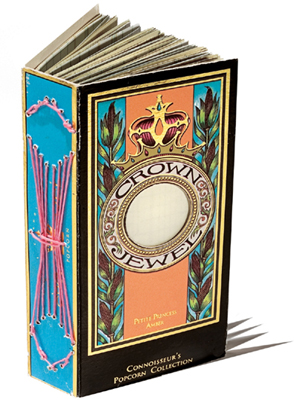
EK Smith, long-stitch box book.
What skills will you need to make these books? You should be able to thread a needle and do some simple sewing. You should know how to cut with scissors, fold with confidence, and tear with verve. If you are good with an X-Acto knife, excellent, but its not necessary for these bindings. You will need a few simple tools: a bone folder, a cheap awl to punch holes, sharp scissors, linen thread (NOT dental floss), and needles with big enough eyes for your thread. Most projects dont require glue. You can use recycled paper bags, drawing and printmaking art papers, or expensive handmade papers. For a limp-vellum cover, recycle an old leather thrift-store skirt. Instead of jewel-encrusted gilded-leather-covered boards, try linoleum floor tiles or industrial rubber. Steal your methods from every place and every era. Use them as the person you are today.
This may be your first time trying book arts. But maybe you already work with your handsknitting or cooking or folding origami. Maybe you are a graphic designer who wants to escape from the virtual to make something real. Or maybe you have already tried bookbinding, but you want a fresh approach. Whatever your experience, Welcome! And as they said at the summer camp where I used to work: The first rule is to have fun. (Though, at the pool, my top priority was not to let anyone drown.) Luckily you cannot drown in handmade books. Read your glue labelsone of my students had this odorless clear stuff that looked edible, but the fine print was terrifying. Use good ventilation. Dont cut yourself. Keep fingertip bandages around in case you do.
Fold, cut, score, tear, stitchexplore!
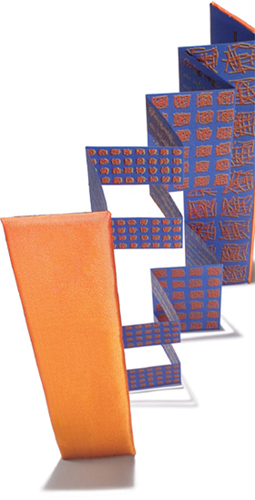
Pugatory Pie Press and Susan Happersett, Infinity Remove. Letterpress, die cut, silk-covered boards, accordion binding.
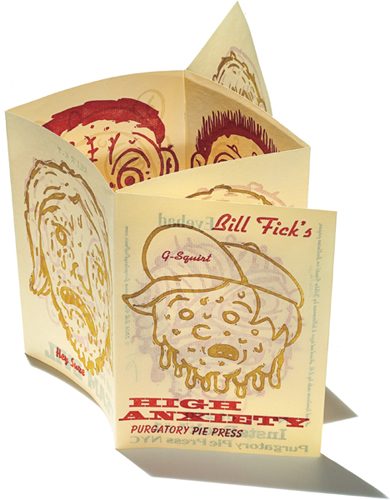
Purgatory Pie Press and Bill Fick, High Anxiety/Team Evil. Handset type, linocut.
M y first instant book came in the mail in 1988. I was a young mother then, living in a fourth-floor walkup apartment in lower Manhattan. I lugged my baby and stroller down the stairs and checked my mail on the way to the park. There was something from Ted Cronin. He had an artist-book gallery that showed our work above a plant store in New Yorks flower districtyou walked through an urban forest of potted trees and up a back staircase to the gallery. It smelled wonderful there.
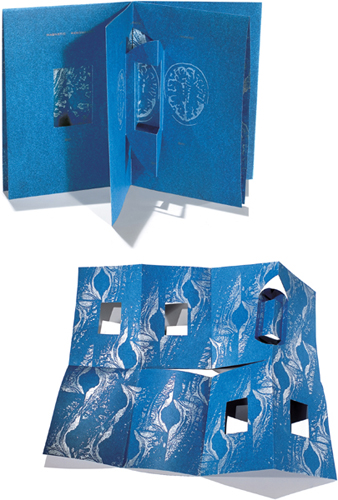
Purgatory Pie Press and Jessie Nebraska Gifford, Brains & Spines. Handset type and letterpress MRI films with die cuts.
I opened my envelope from Ted as I walked along pushing the stroller. I was amazed. It was a little book, made from a folded piece of photocopied paper with a slit in the middle. When we reached the corner, a guy handed me a yellow advertising flier. While we waited for the light to change, I folded the flier, tore the slit, and voilan instant book!




